
This New Eye Drops Could Clear Cataracts Without Surgery, Giving Millions a Safer Way to Restore Sight
Living Behind a Fogged Window
Imagine living behind a fogged window that never clears. At first, the haze is subtle — a little extra light needed to read, a faint struggle to recognize a friend’s face in a dim room. But slowly, almost imperceptibly, colors dull, details fade, and the world turns into a muted blur.
For more than 65 million people worldwide, this gradual dimming of sight isn’t just a minor inconvenience. It’s cataracts — the leading cause of blindness across the globe.
Modern medicine offers a remarkable fix. In less than thirty minutes, cataract surgery can replace the cloudy natural lens with a clear artificial one, restoring vision with near-miraculous speed. Yet for millions, this option remains out of reach — too expensive, too far away, too risky, or simply too frightening to consider. In many parts of the world, blindness often doesn’t happen because it can’t be treated, but because the treatment is hidden behind barriers of geography, income, and fear.
Now, scientists are pursuing an entirely new path: a medicated eye drop that could dissolve cataracts without the need for surgery. Early studies in the lab are showing measurable improvements in lens clarity and even hints of restored focusing ability — something that, until now, was thought impossible without removing the lens entirely. If proven safe and effective in humans, this discovery could transform not only how cataracts are treated but also who gets the chance to see clearly again.
A World Slowly Going Out of Focus
Cataracts rarely arrive with dramatic flair. They creep in silently, like a camera lens fogging from the inside. At first, it might just mean needing brighter light to read a book or a bit of extra squinting to make out street signs. Over time, the changes deepen: night driving becomes dangerous, colors lose their vibrancy, and familiar faces blur into indistinct silhouettes.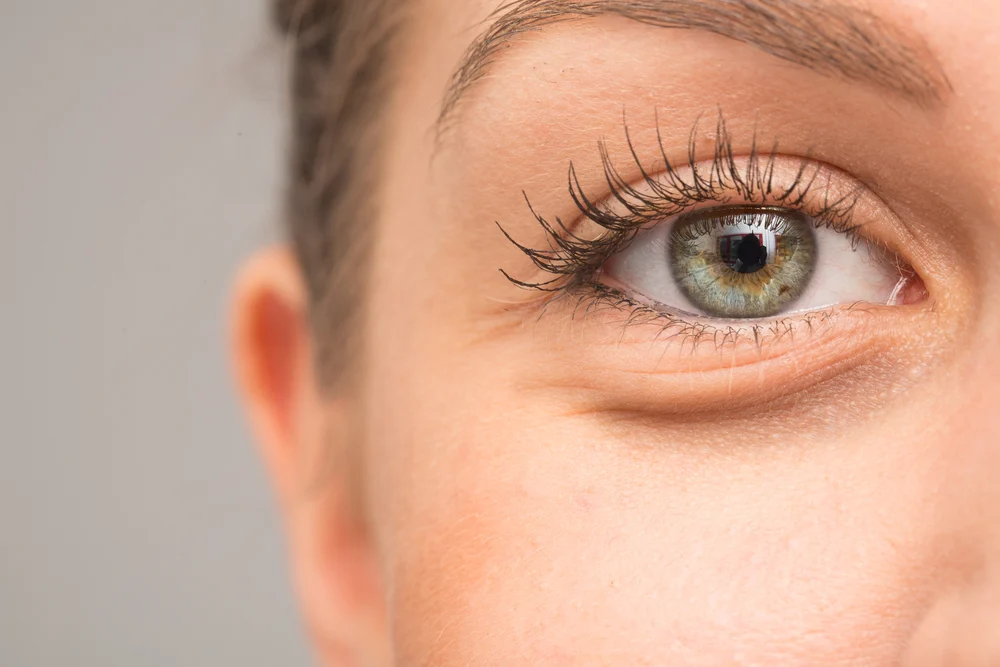
The scale of this gradual vision loss is staggering. The World Health Organization estimates that more than 65 million people are living with vision impairment caused by cataracts, making them the single largest cause of blindness worldwide.
Although aging is the most common factor, cataracts can also develop due to long-term UV exposure, diabetes, smoking, certain medications, or eye injuries — meaning no age group is entirely exempt.
The effects ripple far beyond eyesight. Studies link cataract-related vision loss to a higher risk of falls, depression, and even cognitive decline. When the world becomes harder to navigate, independence shrinks. Social connections fade as leaving the house becomes unsafe or exhausting. For working-age adults, declining vision can abruptly end careers, limit income, or deepen cycles of poverty.
And yet, cataracts remain one of the most treatable conditions in medicine. A quick, low-risk surgical procedure can restore crystal-clear vision in minutes. The tragedy is not that we lack a cure, but that access to that cure is unevenly distributed — determined by where a person lives, how much they can pay, and whether they’re willing or healthy enough to undergo the operation.
Why Surgery Isn’t Always an Option
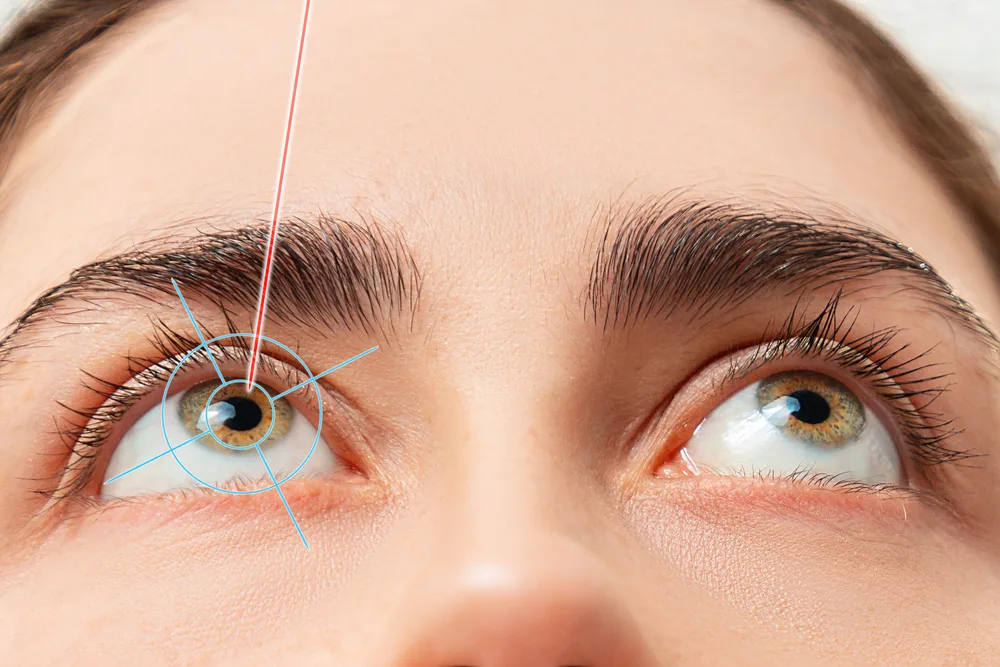
Cataract surgery is often celebrated as one of medicine’s great success stories. The procedure, which involves replacing the clouded natural lens with a clear synthetic one, has a success rate exceeding 95% and can deliver instant, life-changing results.
But for millions worldwide, this solution is little more than a promise on paper. In low- and middle-income countries, access to surgical care is scarce. Patients in rural areas may live hours — sometimes days — from the nearest clinic. Making the journey often means unpaid time off work, arranging transportation, and covering costs that can equal months of wages.
Even where public health systems exist, long waitlists can delay care until vision loss becomes severe. Elderly patients with underlying health issues, such as heart disease or diabetes, may avoid surgery due to medical risks. Others fear the thought of a scalpel near their eye, postponing treatment until it’s too late.
Children with congenital cataracts face an even more delicate situation. Early lens removal can interfere with normal eye development, requiring decades of specialized corrective care. In such cases, preserving the natural lens for as long as possible is ideal — yet current surgeries can only remove the damaged lens, never repair it.
And even when surgery is successful, artificial lenses don’t perfectly replicate the eye’s natural ability to adjust focus across distances — a flexibility known as accommodation.
The Science Behind the Eye Drops
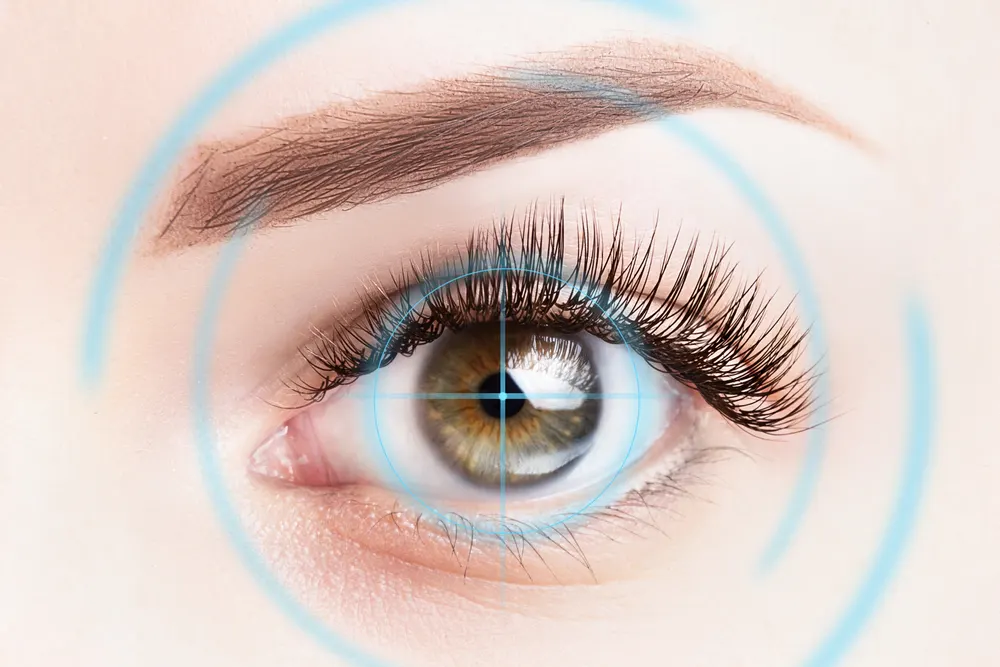
To understand how a drop could clear cataracts, it helps to zoom in to the microscopic level.
The human lens is a marvel of natural engineering, composed mostly of water and proteins called crystallins, arranged in a precise pattern that keeps the lens clear and flexible. Over time — or when stressed by UV radiation, metabolic changes, or injury — these proteins begin to misfold and clump together. The once-transparent lens becomes cloudy, scattering light instead of focusing it.
The experimental compound VP1-001 targets this root cause. Classified as an oxysterol, VP1-001 doesn’t lower cholesterol; instead, it acts as a pharmacological chaperone, helping damaged proteins fold back into their proper shape while dissolving the clumps that cloud the lens.
In laboratory studies on mice genetically prone to cataracts, the results were striking:
-
61% of treated lenses showed optical improvement.
-
46% had a measurable reduction in opacity.
-
Some even regained the ability to focus light, suggesting partial restoration of the lens’s original flexibility.
Unlike earlier candidates like lanosterol, which struggled to penetrate the lens, VP1-001 is chemically structured to reach lens tissue more effectively. Even more promising, it appears to stabilize all three types of crystallins — alpha, beta, and gamma — broadening its potential impact.
Researchers such as Dr. Usha Andley at Washington University and Prof. Barbara Pierscionek at Anglia Ruskin University have confirmed these effects using advanced imaging, documenting not just clearer lenses but measurable improvements in how the lens bends light — a crucial step toward restoring true visual function.
The Road Ahead: Promise and Caution
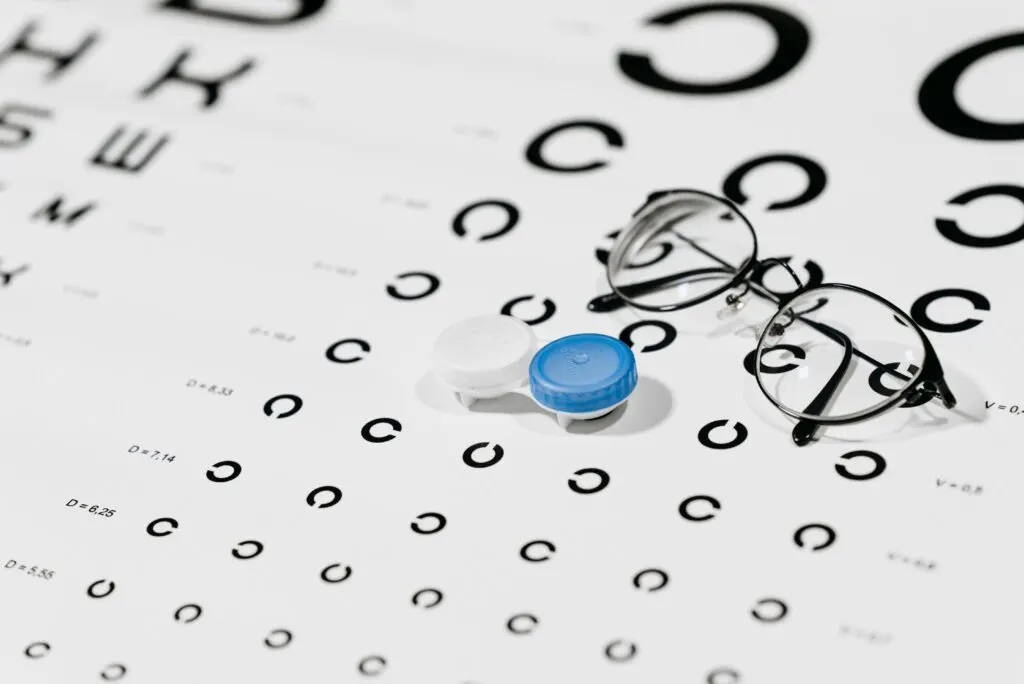
For all its promise, VP1-001 is still in the early stages of development. To date, all results have come from animal models or human lenses studied outside the body. No human clinical trials have been completed yet, and translating lab results to real-world treatments is rarely simple.
Human eyes are larger and more complex, and their protective barriers make drug delivery more challenging. Researchers are testing delivery enhancers, such as cyclodextrins, to help the compound reach the lens in effective doses without damaging surrounding tissues.
It’s also important to note that cataracts aren’t all the same. Age-related cataracts, which involve protein misfolding, may respond best to VP1-001. Other types — caused by trauma, metabolic disorders, or genetic mutations — may not.
And even if the drops do restore clarity, they won’t replace the precision vision correction possible with surgery, where artificial lenses can be customized to fix nearsightedness, farsightedness, or astigmatism.
Safety remains the top priority. While early animal studies suggest VP1-001 is well tolerated, only human trials can confirm that it won’t cause irritation or long-term damage. Experts predict that, if successful, these drops could reach the market within the next decade.
Global Impact: A Quiet Revolution
If VP1-001 — or a similar compound — proves safe and effective, it could spark a quiet revolution in eye care. Instead of requiring specialized surgical centers and trained ophthalmologists, treatment could be delivered as a simple regimen of drops, accessible at local clinics or even via mobile health units.
In rural parts of Africa or South Asia, where patients may travel days to reach surgical care, such a breakthrough could be transformative. Imagine a grandmother regaining her ability to farm, weave, or read to her grandchildren — not after a costly hospital trip, but with a bottle of drops applied at home.
The benefits wouldn’t be limited to low-income regions. In wealthier countries, a non-surgical option would give elderly patients with health risks a safer, less invasive alternative. It could also reduce surgical backlogs, which have grown sharply in many healthcare systems since the COVID-19 pandemic.
For children with congenital cataracts, these drops could buy precious time, allowing their eyes to develop more fully before surgery becomes necessary — potentially improving lifelong outcomes.
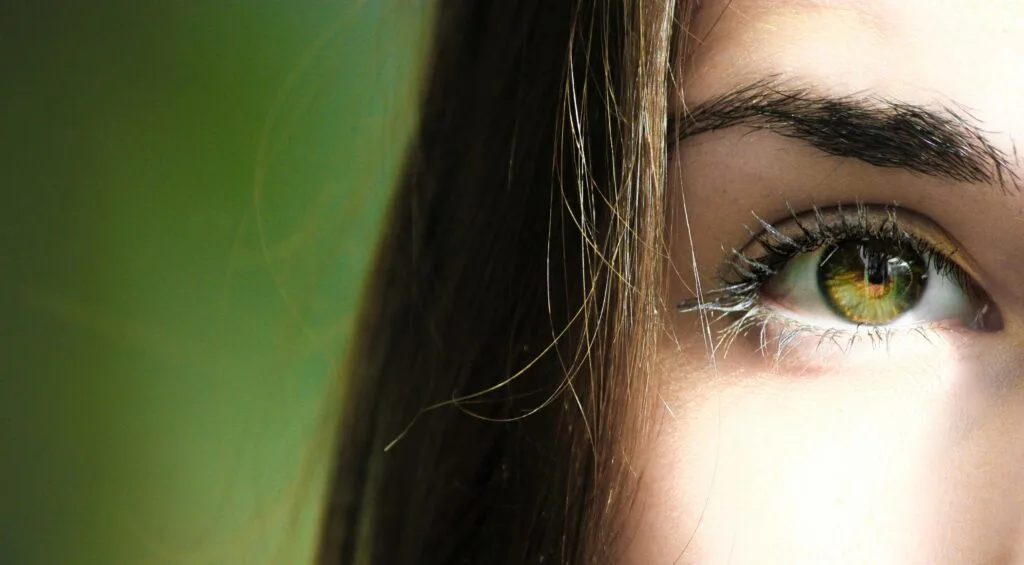
Protecting Your Eyes Now
While the idea of reversing cataracts with a drop is thrilling, practical approval is still years away. In the meantime, there are proven steps to slow progression and protect vision:
-
Shield Your Eyes from UV Rays
-
Wear sunglasses that block 100% of UVA and UVB light.
-
Use wide-brimmed hats outdoors.
-
Consider UV-protective coatings for prescription lenses.
-
-
Eat a Vision-Friendly Diet
-
Lutein & Zeaxanthin – leafy greens like spinach and kale.
-
Vitamin C – citrus fruits, bell peppers, and berries.
-
Vitamin E – nuts, seeds, and vegetable oils.
-
Beta-carotene – carrots, squash, and sweet potatoes.
-
Omega-3 fatty acids – fatty fish, flaxseeds, and walnuts.
-
-
Quit Smoking
Smoking doubles the risk of cataracts by accelerating oxidative damage. -
Manage Chronic Conditions
Keep blood sugar and blood pressure under control to slow cataract formation. -
Schedule Regular Eye Exams
Adults over 60 should get a comprehensive exam every 1–2 years to detect early changes.
A Clearer Future in Sight
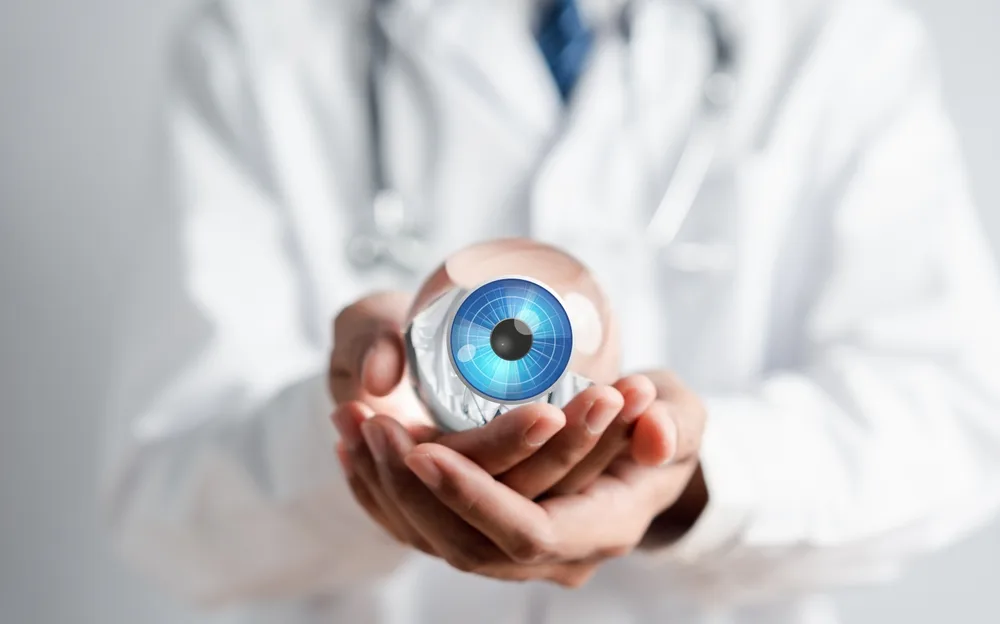
The prospect of restoring vision with nothing more than a few daily drops has the potential to reshape global eye care — and with it, millions of lives. If VP1-001 succeeds, it will mark the first time cataracts can be reversed without surgery, offering an accessible, non-invasive solution to one of humanity’s most pervasive causes of blindness.
But progress in medicine takes time. Years of rigorous testing lie ahead to ensure the treatment is both safe and effective. Until then, prevention and early detection remain the most powerful tools we have.
This research is more than a medical breakthrough; it’s a vision of equity. A future where clear sight is not a privilege but a basic right — where no one is left to watch the world fade into blur simply because of where they live or what they can afford.
If that future arrives as a drop of liquid clarity, it will be nothing short of revolutionary.
News in the same category


Investigation into horrifying death of streamer 'tortured' for ten days before dying on camera

Woman issues warning to MacBook users after simple mistake leaves her screen destroyed

Man trained like a professional athlete for 30 days and saw crazy changes to his body take place

ChatGPT CEO Warns: What You Tell AI Could Be Used as Evidence in Court
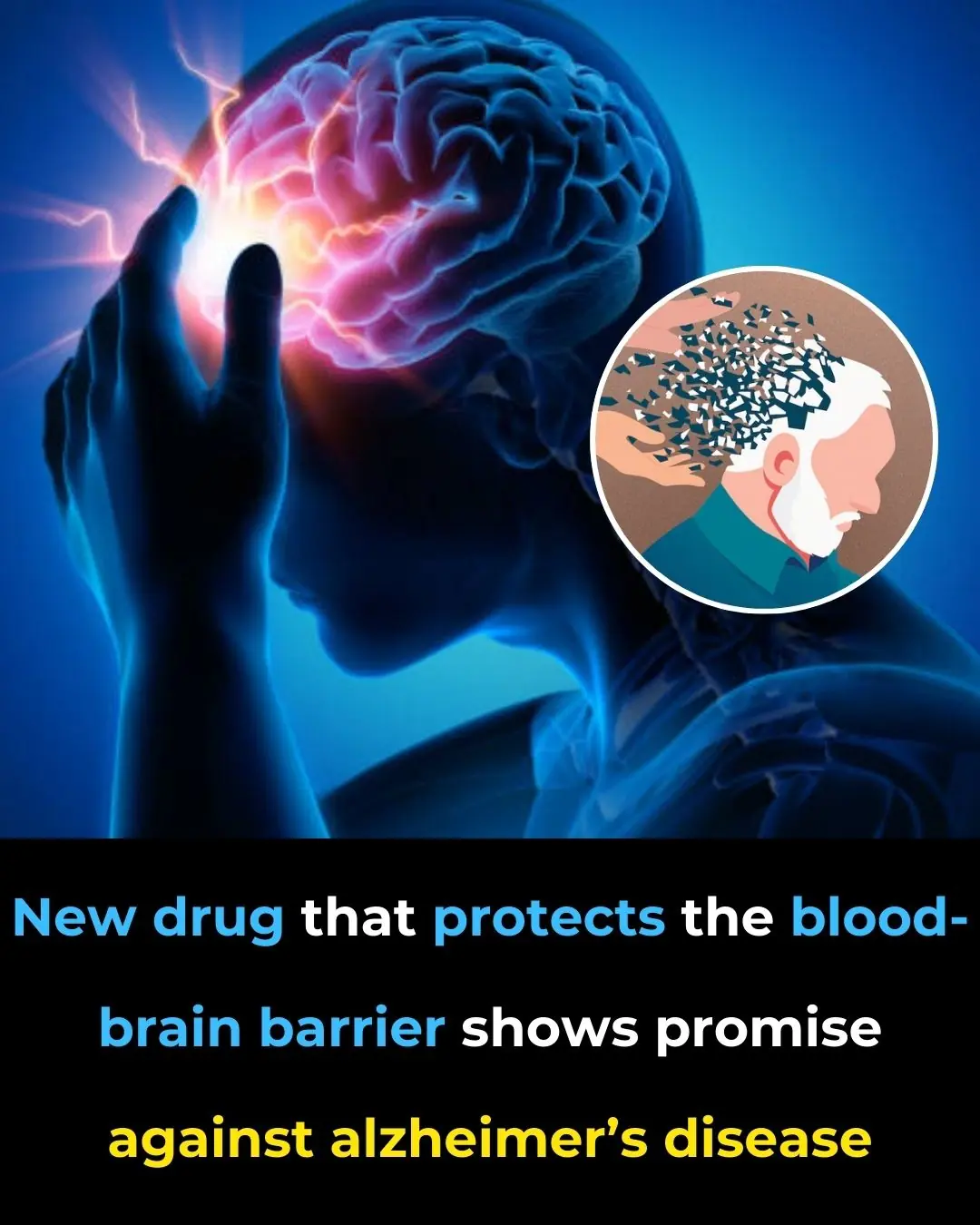
New Drug That Protects the Blood-Brain Barrier Shows Promise Against Alzheimer’s Disease

Firefighters Reveal the Worst Place to Keep Your Phone
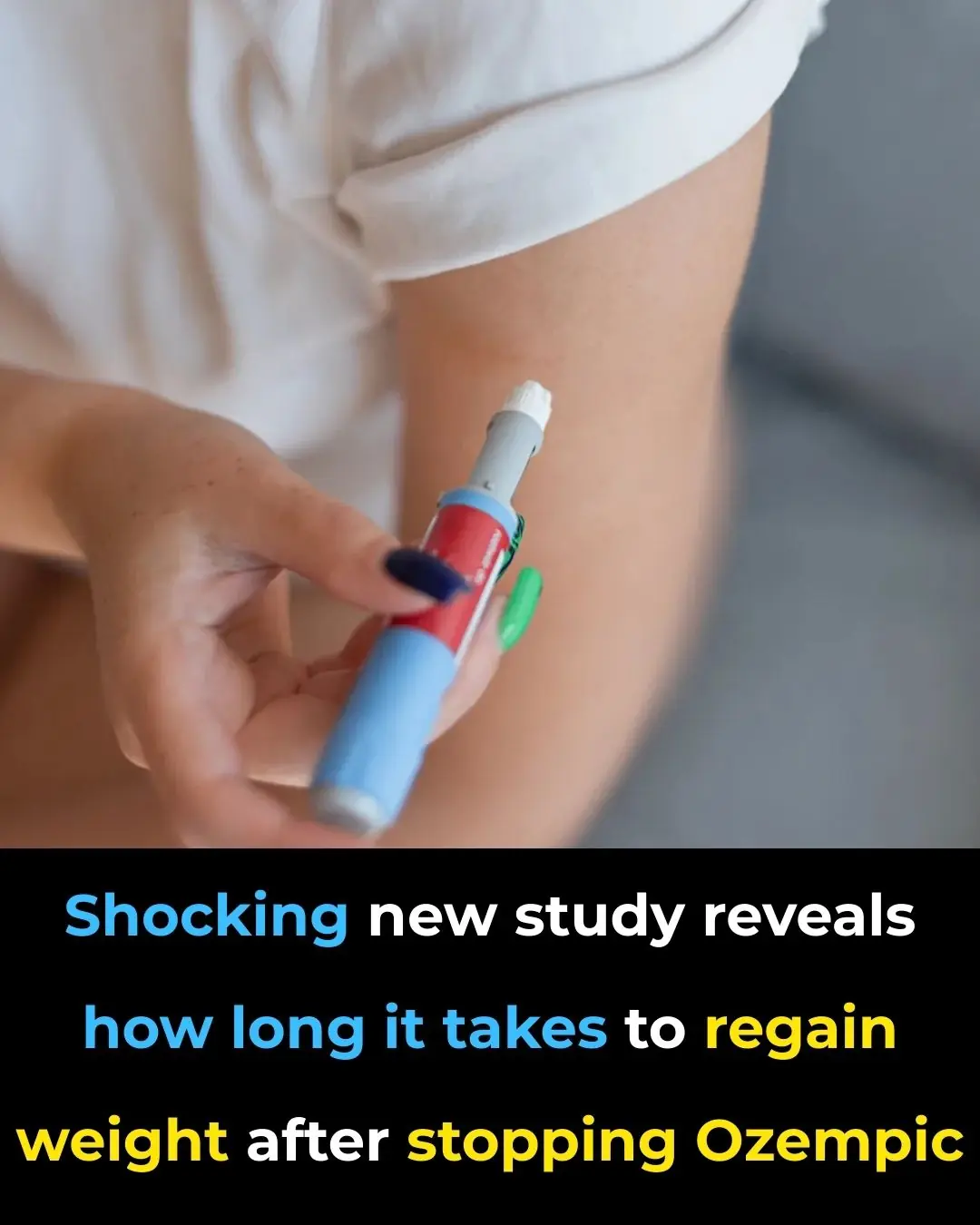
Shocking new study reveals how long it takes to regain weight after stopping Ozempic

Elon Musk's estranged daughter shares her iconic reaction to 'woke mind virus tweet' claiming she was dead

Homeowner finds chilling note with terrifying warning left by previous owner after moving into new house

People are just discovering what 'proper poop position' is after seeing bizarre toilet design

Japanese “Baba Vanga” Meme Resurfaces After July 2025 Tsunami Triggers Alerts
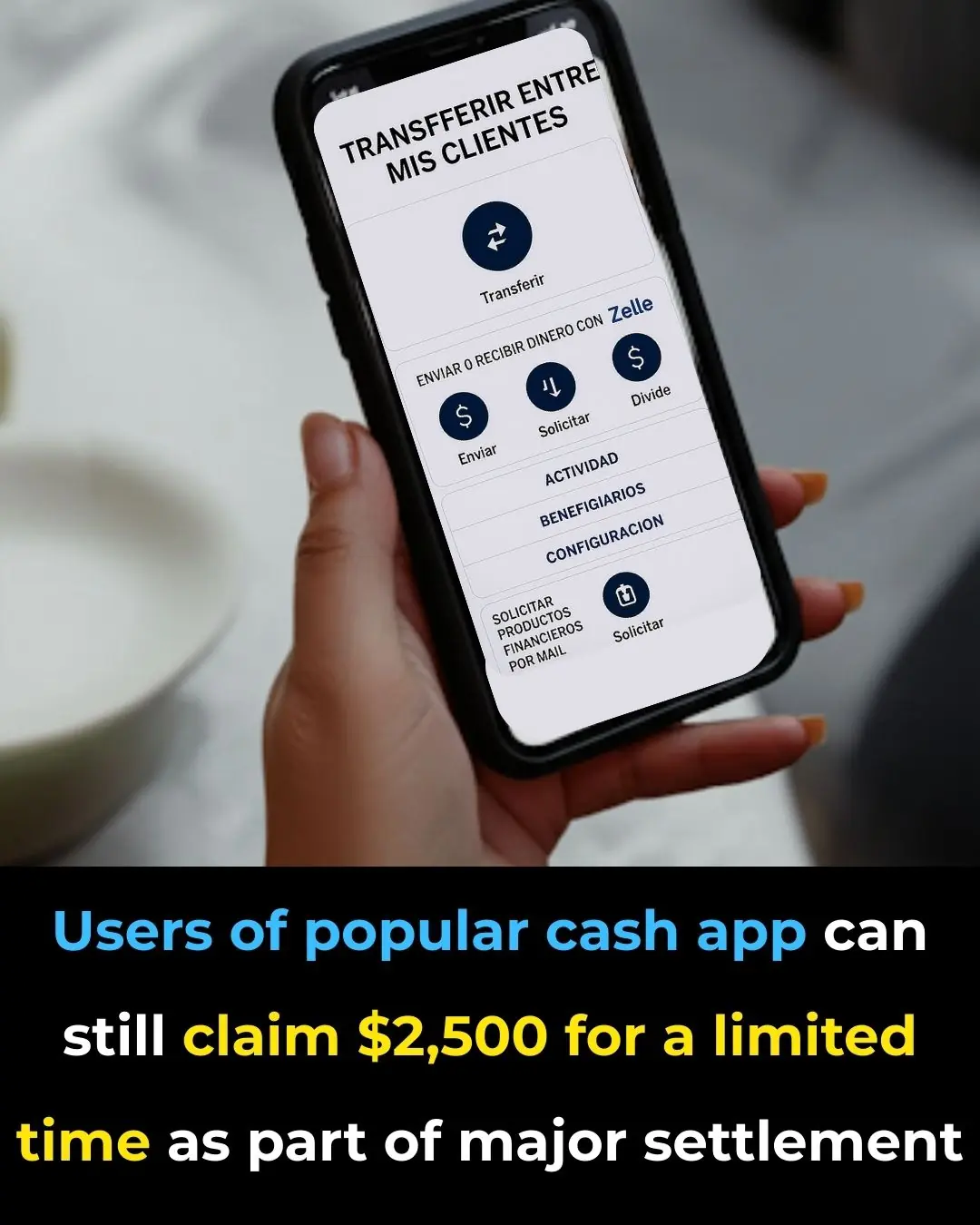
Users of popular cash app can still claim $2,500 for a limited time as part of major settlement

Resurfaced tweet from ChatGPT CEO Sam Altman makes astonishing prediction for Elon Musk

Courts shocked as mother of woman who died after refusing cancer treatment undergoes questioning
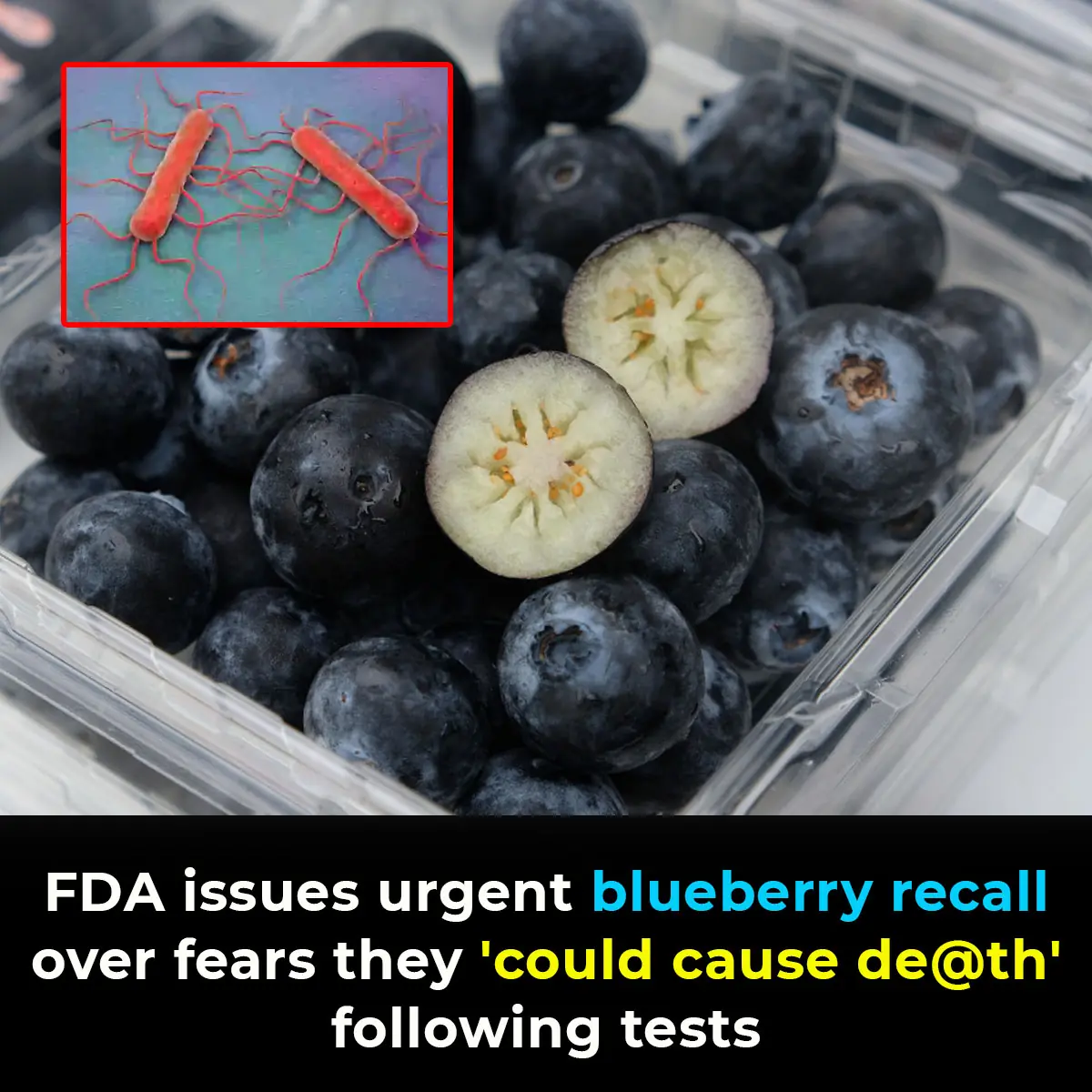
FDA issues urgent blueberry recall over fears they ‘could cause death’ following tests

Important details of Jesus' life discovered in incredible 2,000-year-old boat
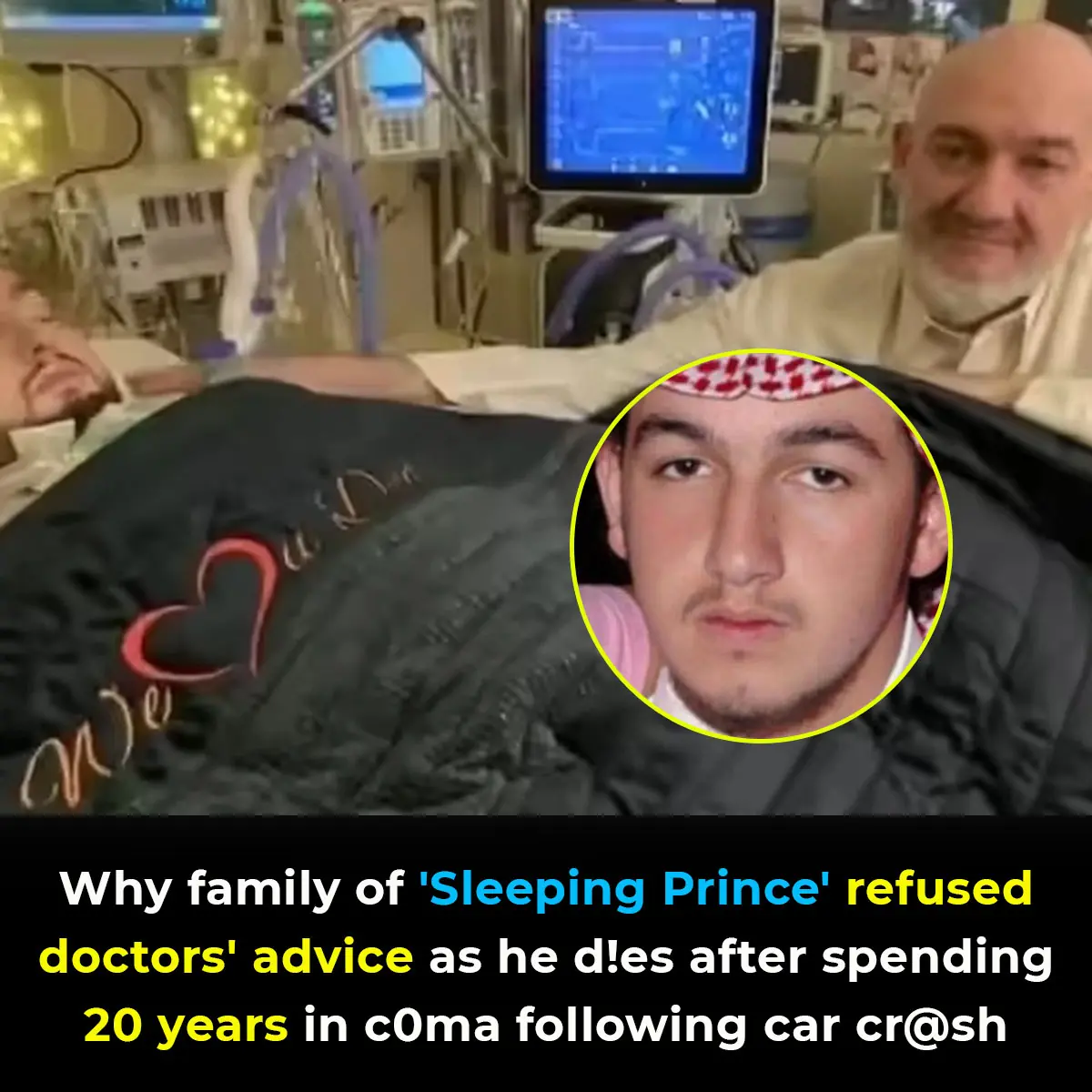
Why family of 'Sleeping Prince' refused doctors' advice as he dies after spending 20 years in coma following car crash
News Post

NASA crew begins gruelling training for monumental mission that's not been done in 50 years

User 'terrified' after AI has total meltdown over simple mistake before repeating 'I am a disgrace' 86 times

Holy basil shown to cut stress hormone cortisol by 36% in 40 minutes
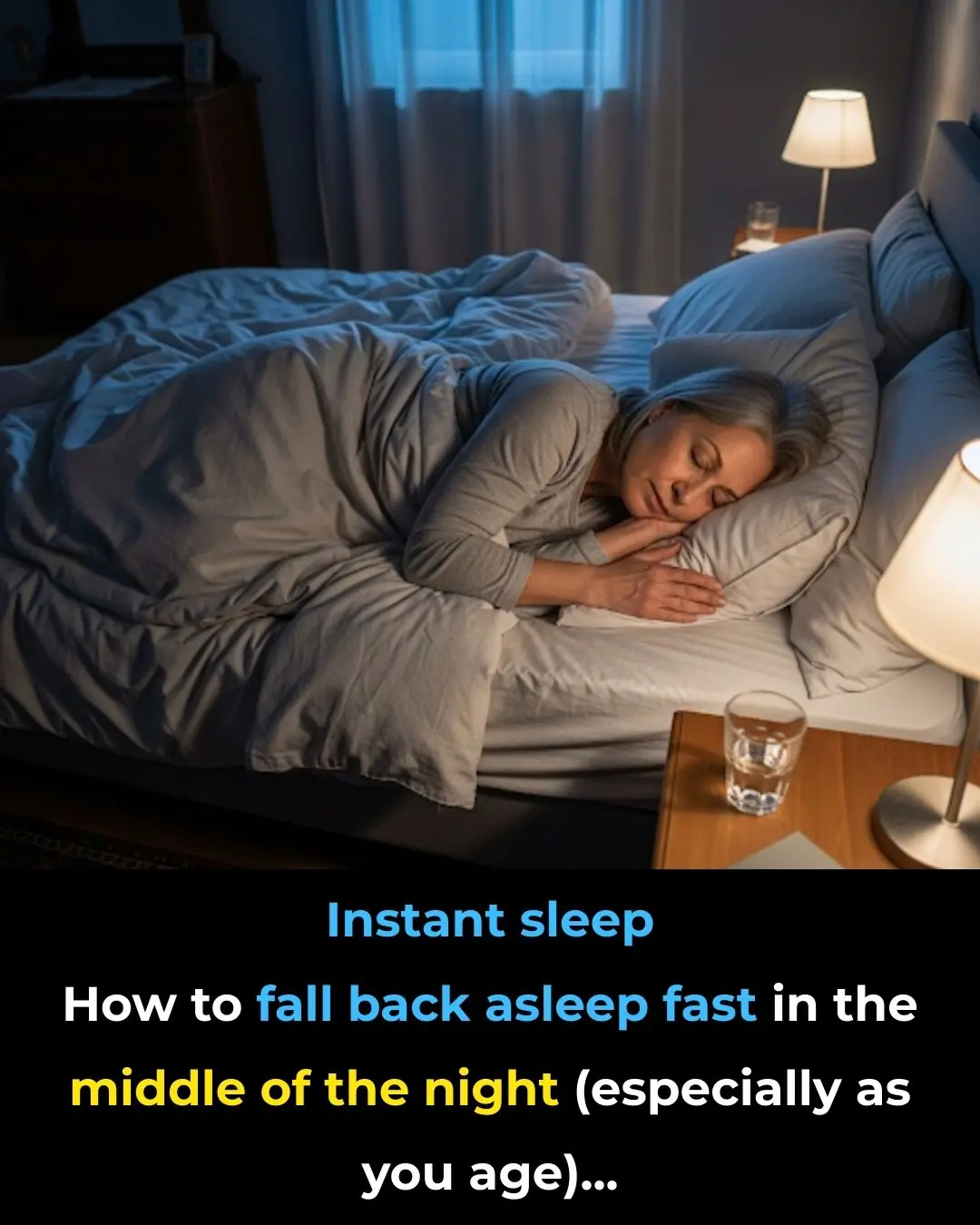
How to fall back asleep fast in the middle of the night (especially as you age)
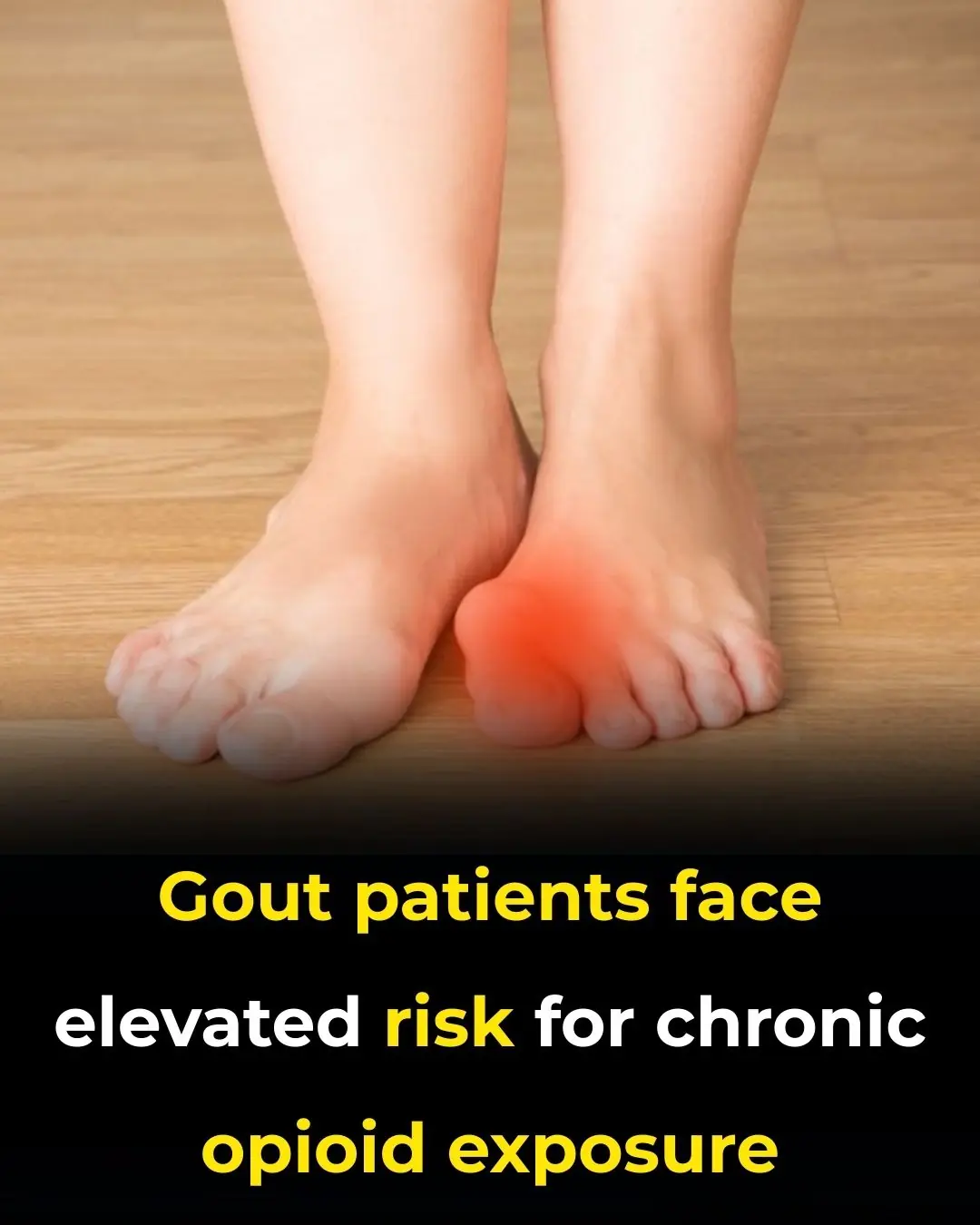
Gout Patients Face Elevated Risk for Chronic Opioid Exposure

Booze, Bubbles, and Blood Sugar Trouble

$1M Plastic Surgery TV Star’s Transformation

My Wife Had a Baby with Dark Skin – The Truth That Changed Everything

lacing these 3 things on top of the fridge will cause wealth to disappear, no matter how much you have.

Buying bananas: Wise people turn away when they see these 3 types, while foolish ones grab them just because they’re cheap

Don’t soak frozen meat in plain water. According to chefs, there’s a way to defrost it in just 5 minutes while keeping it delicious.

Water heaters have a hidden 'switch.' Any household that knows how to open it can use it for 10 years without worrying about damage or high electricity bills

Mix white salt with fabric softener, solve many household problems, and save a lot of money.

Apply this on a knife, and no matter how dull it is, it will become razor-sharp and shiny, without needing a whetstone.
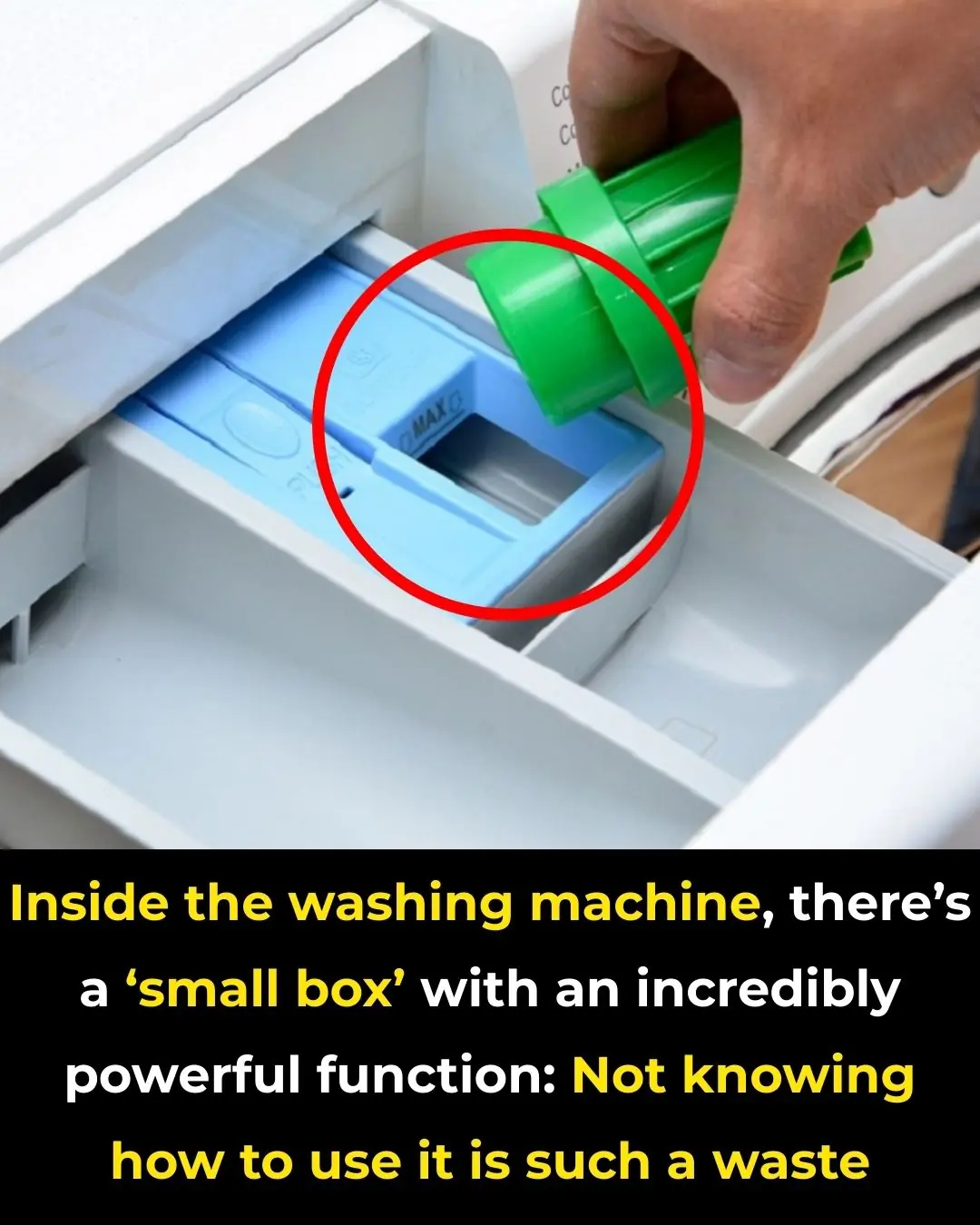
Inside the washing machine, there’s a ‘small box’ with an incredibly powerful function: Not knowing how to use it is such a waste.

Why Some Women Lose Their Desire: 4 Avenues to Explore

Why should you keep some money behind your phone case?
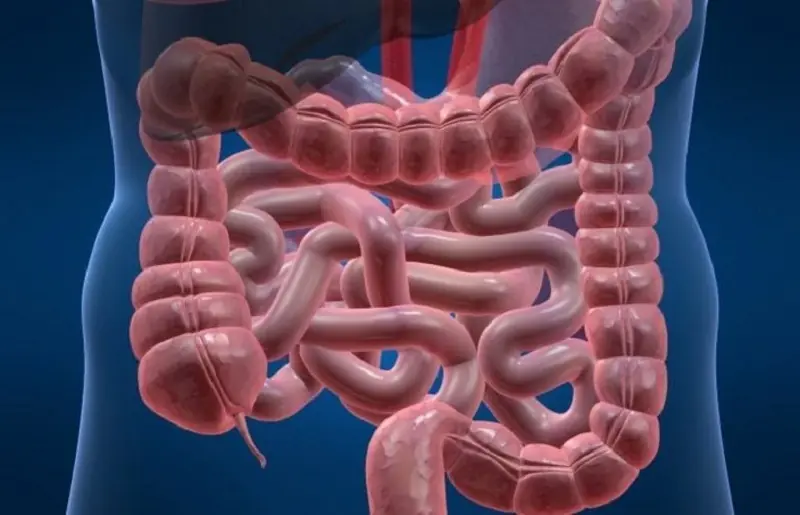
If You Have Colon Polyps, These 4 Signs While Using the Toilet May Appear – See a Doctor Before It’s Too Late

From age 65, how often should you shower (and why over-washing can be harmful to your health)
